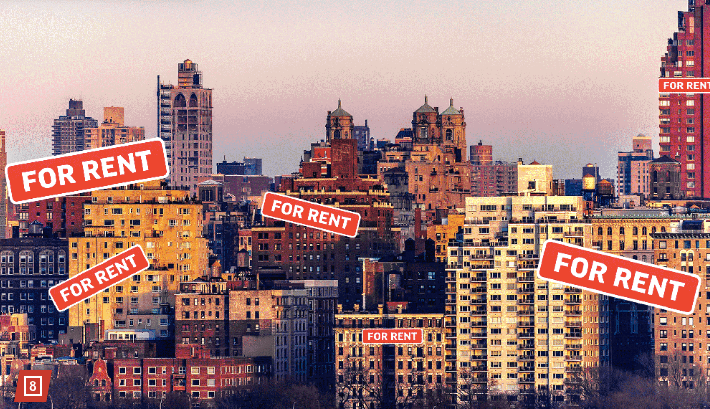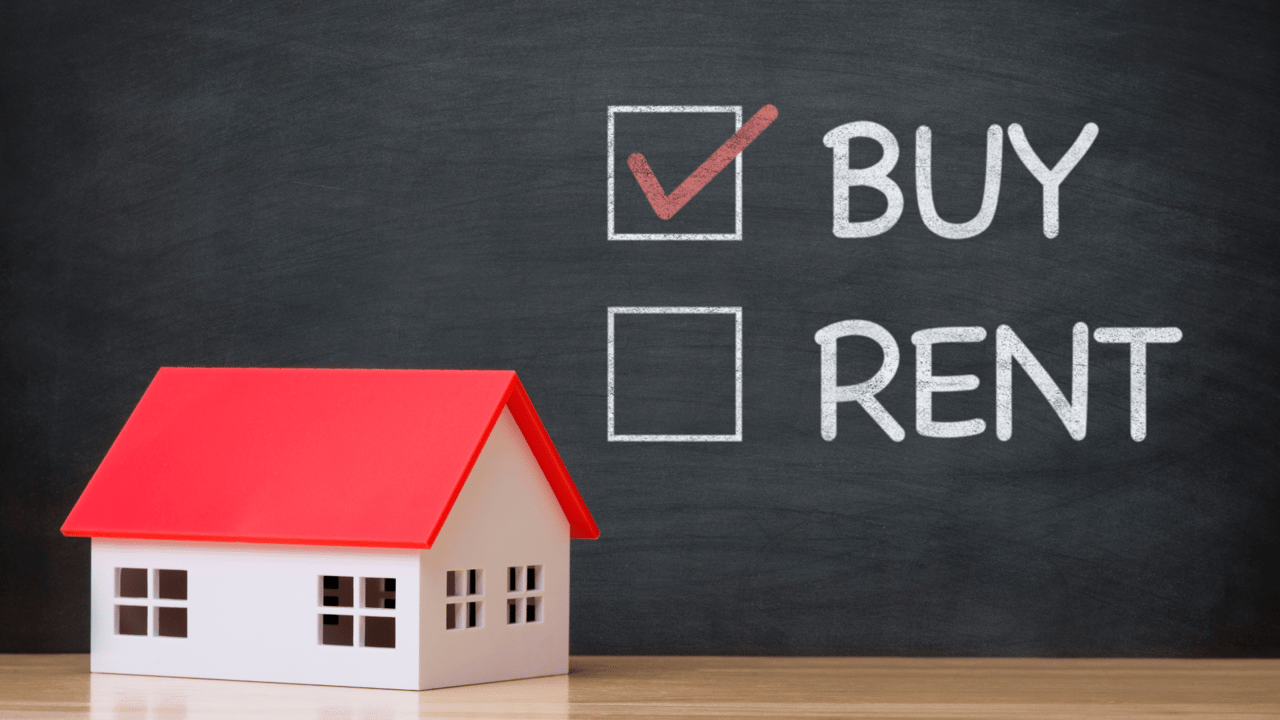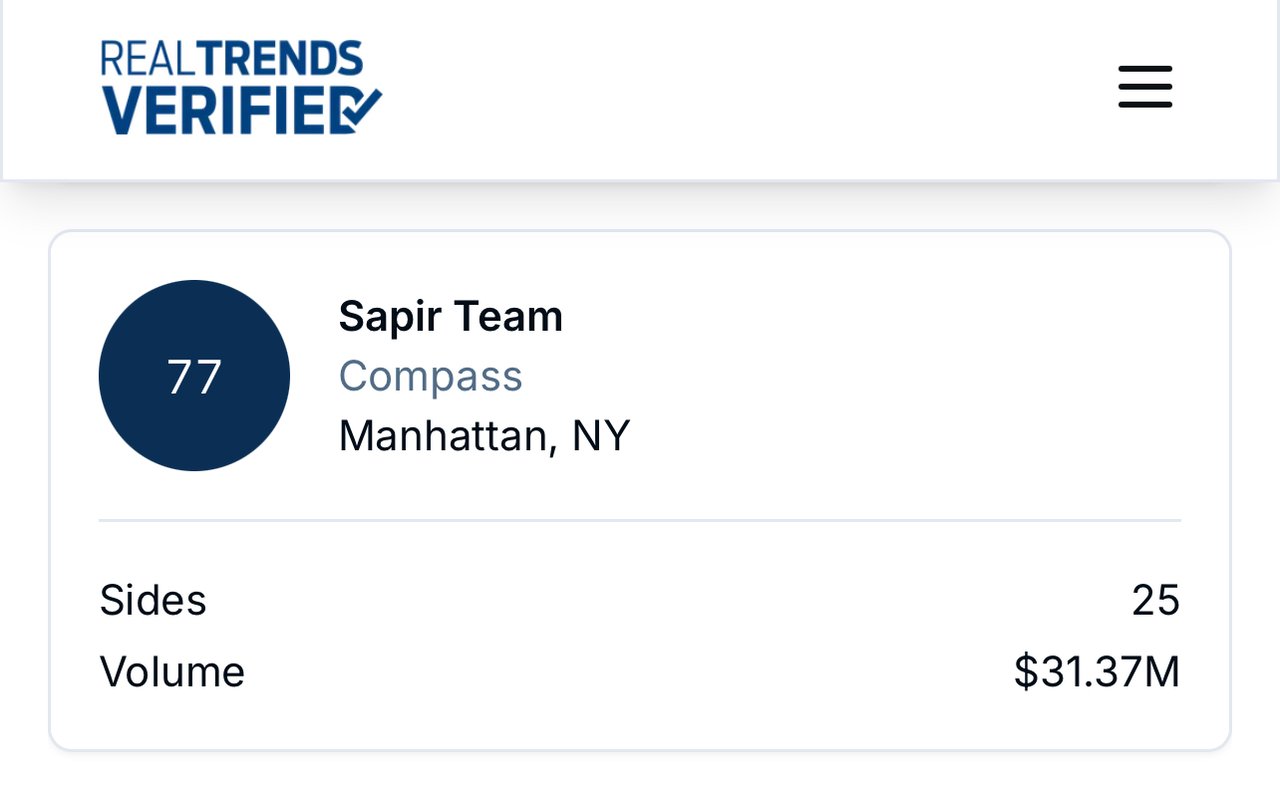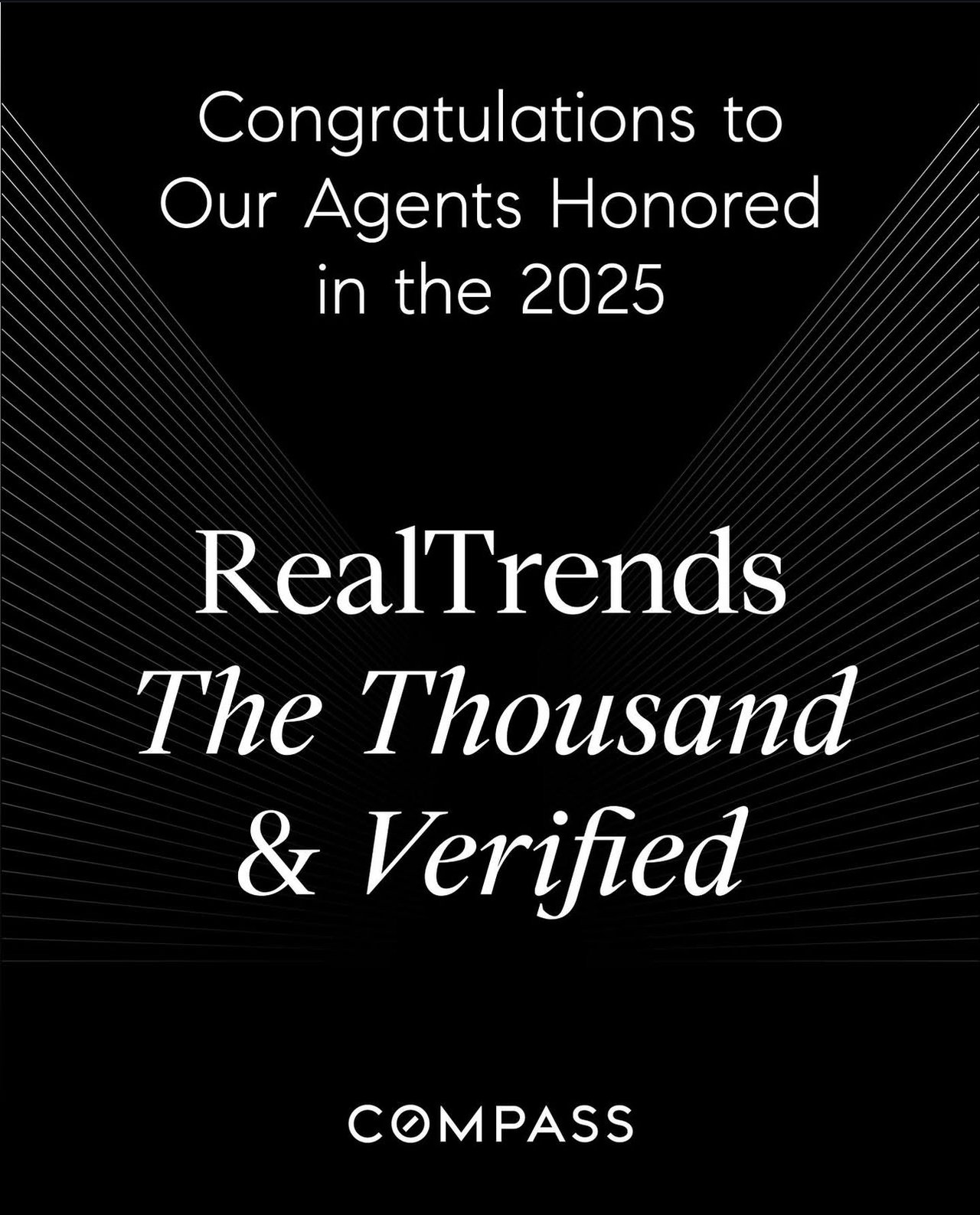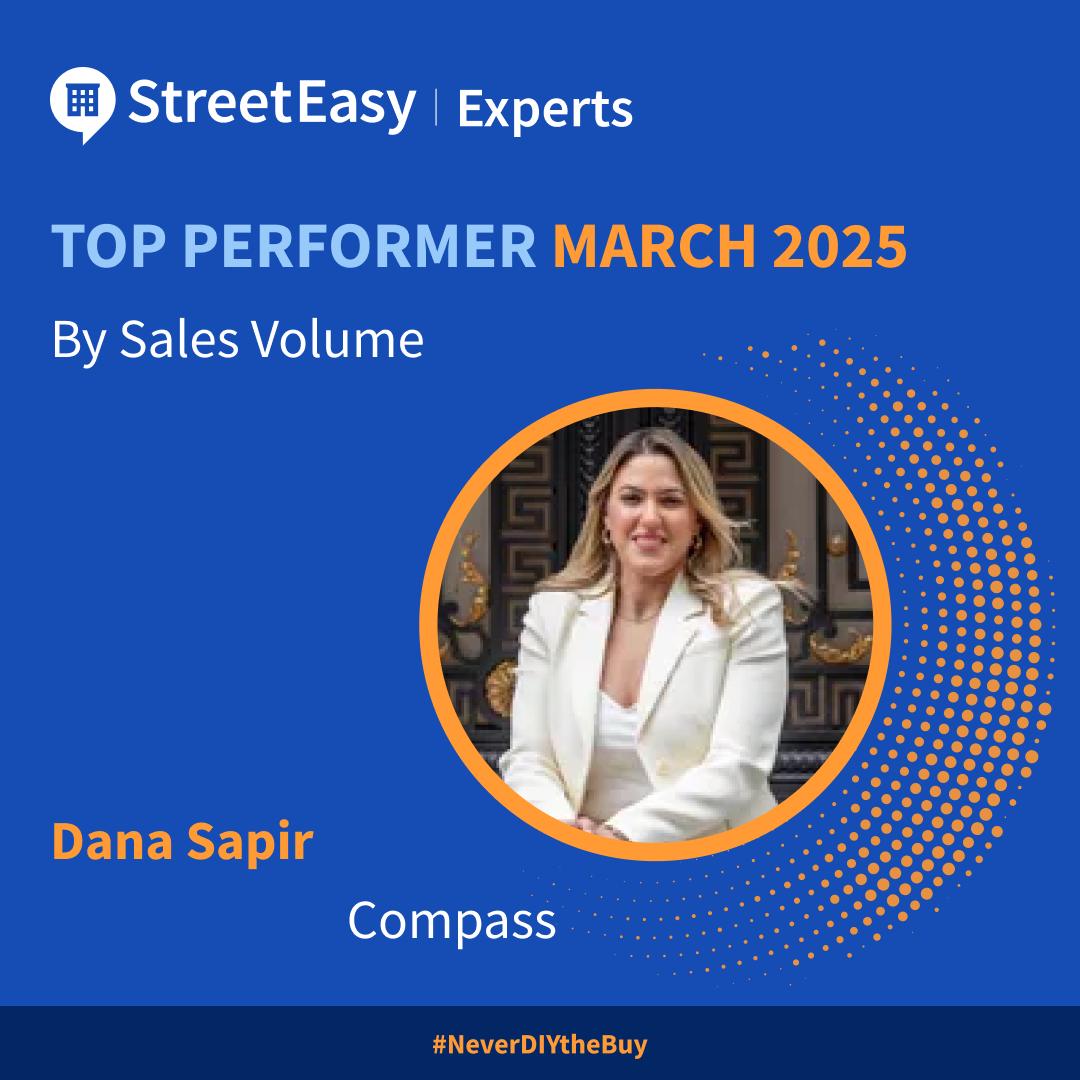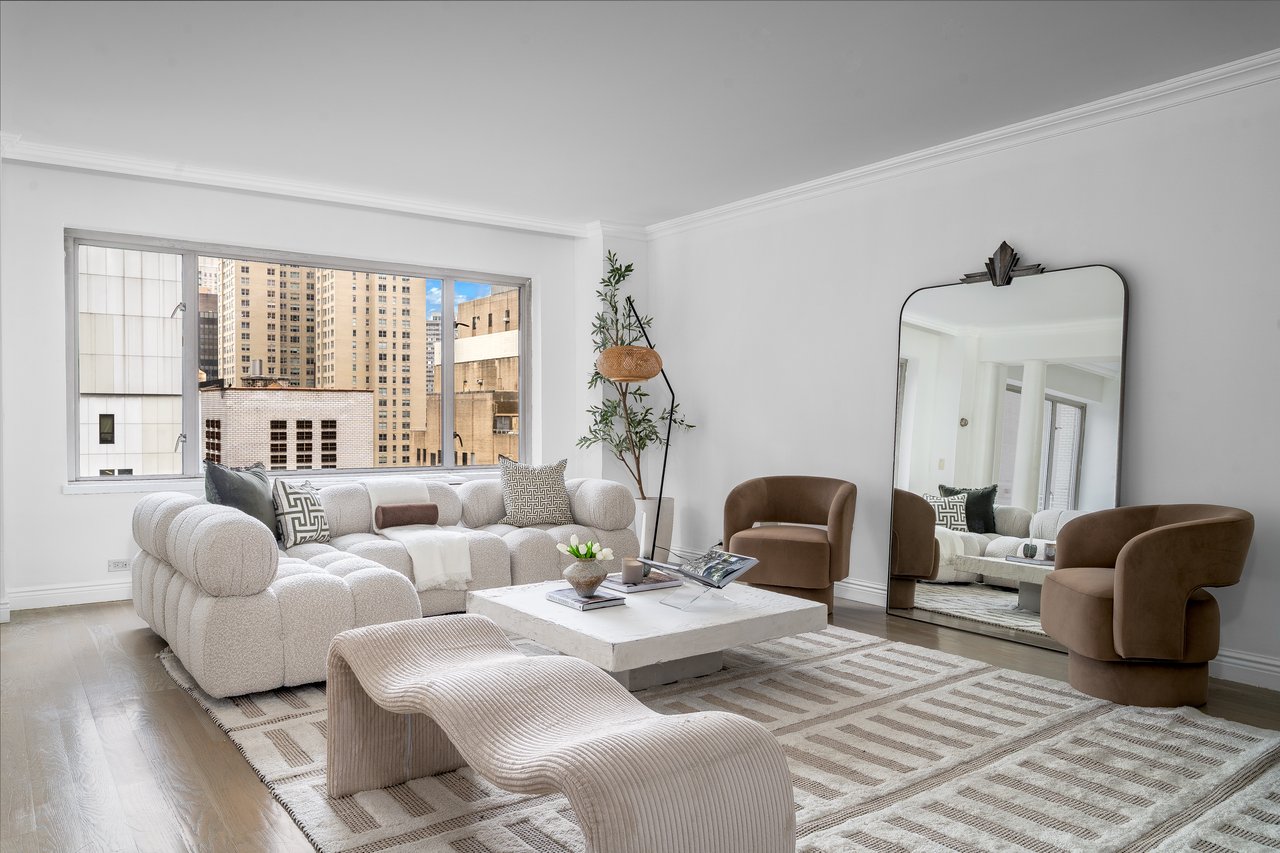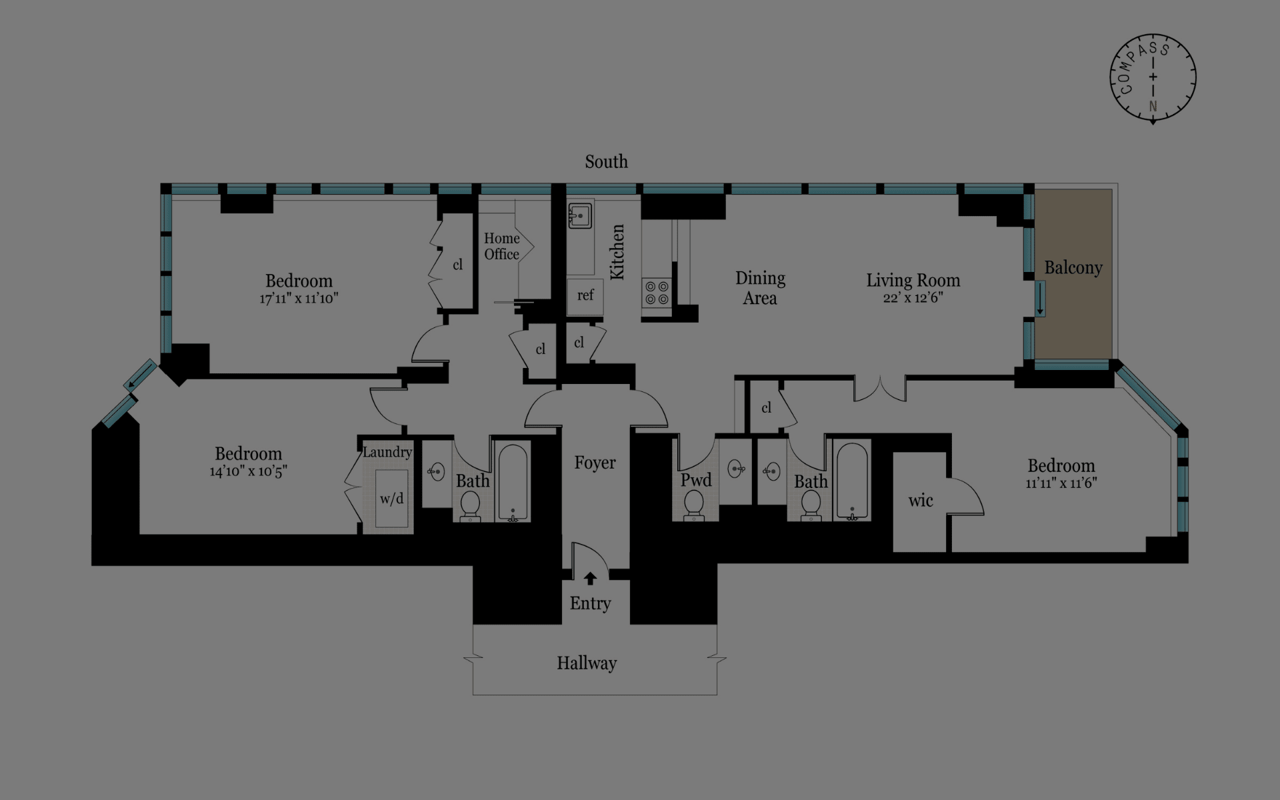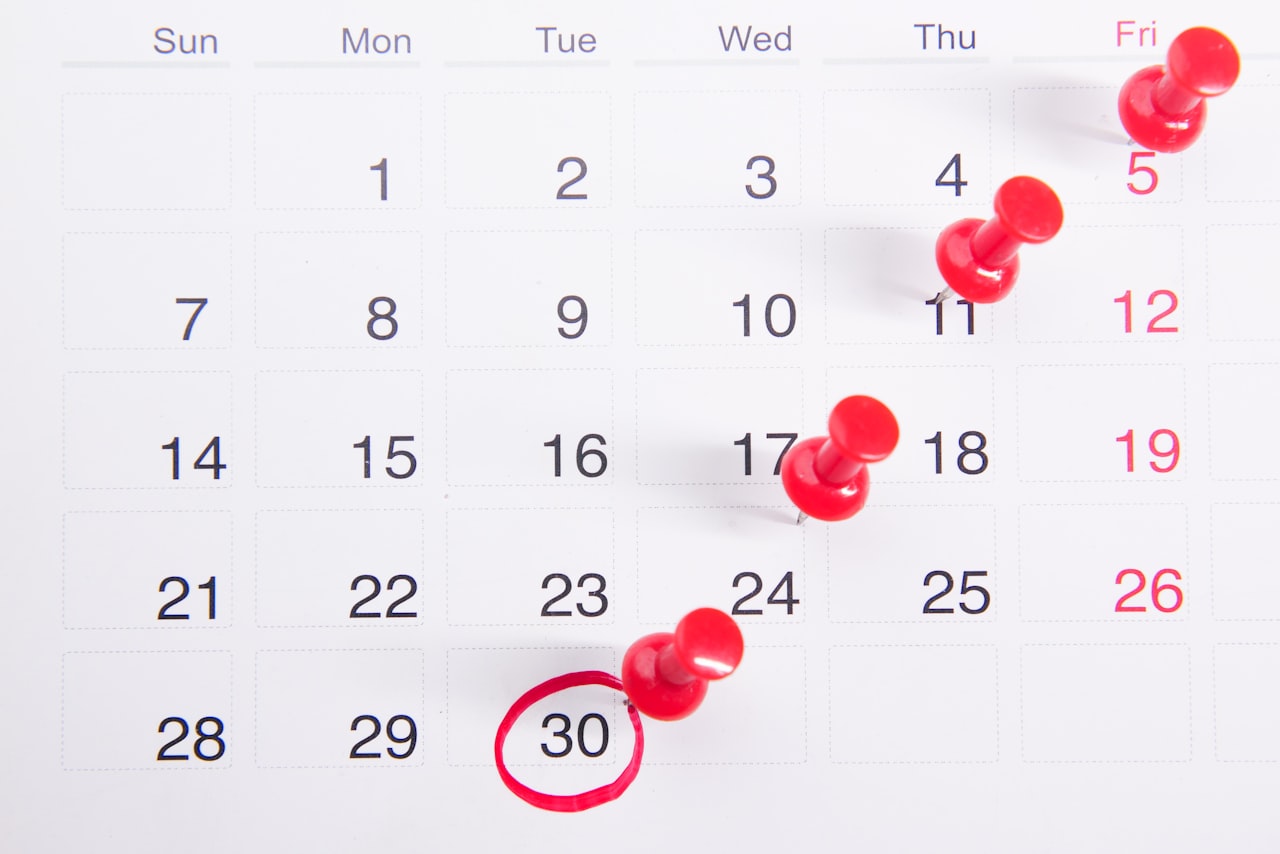When you buy an apartment in NYC, you will have to go through some steps before you get the keys. And whether it’s a condo or a co-op, you will have to fill out the purchase application, also known as a board package. The reason is that NYC condos and co-ops are controlled by a board of directors which is comprised of some of the building’s tenants, and it’s their job – among others – to approve or deny a candidate for purchase. Keep reading for a complete guide on wondering what in the world is a board package, and how to submit a winning one.
The purpose of the board package is to show the building’s board of directors that you are a good candidate for purchasing an apartment in their condo or co-op. To do that, you will be asked to provide proof of finances, recommendations letters, and more. While condos have purchase applications in lace, those tend to be easier to fill out, so today I will focus mainly on the co-op application but know that if you’re watching this video and purchasing a condo unit, you will be more than prepared for their package!
So let’s dive into the different sections of the application!
The package will open with a cover letter from the building’s management and contain instructions on how to fill out and submit the application. Make sure to read this through! Often, here you will learn what the fees associated with the submission are, whether you need to submit physical copies or digital ones, and more.
My pro tip? Make sure you are typing in every section of the application. The only hand-written item should be your signature.
Next, you’ll have to fill and sign some building-related paperwork. This will include the building’s house rules, declarations about window guards, bedbugs, and lead-based paint, if the building was constructed before 1978, and perhaps other affidavits, like a smoke detector form, alarm, sprinkler system, and more. These will be pretty straightforward and will, for the most part, require only your signature. Other forms, like an alteration agreement, may require you sign them in the presence of a notary public.
You will also have to fill out the purchase application. Here you will give your personal information as well as that of the seller, including your attorneys’ and agents’ details. You will also give information about previous residences you’ve lived in, employment, bank accounts, and more.
My pro tip? Make sure to fill this form in its entirety! Don’t leave any blank spaces and write N/A if anything doesn’t apply to you.
The next form you will encounter is the credit release and background check form. This is the only place in the entire application where you will leave you social security number and bank account numbers fully visible, and you will be asked to pay a processing fee per applicant.
Now let’s break down one of the biggest pieces of your application: all of the reference letters:
Number one: personal references. These are letters of recommendation from people who know you well and who are NOT your family members. They will need to attest to your good character and need to be signed. A board may ask for anything between two to four letters PER APPLICANT!
My pro tip? Have your recommenders tell the board a little bit about you: who you are, what they love about you, what makes you stand out as a person and potential tenant. Pick people who are well-acquainted with you so they can really sing your praises!
Number two: professional references. These are also recommendations, but from supervisors and colleagues. Anything between one to three letters is common, and these letters must be signed and written on company letterhead.
My pro tip? It is best to use your current employer as a strong reference, but previous employers and colleagues who can share a lot about your strengths and merits as an employee are great too. If you are self-employed or own your own business, a long-time customer or someone in your professional team can be good to ask as well.
Other common reference letters that the board may want are financial references. These are letters from your bank or brokerage attesting that you have an account with the institution and that you are in good standing with them. Sometimes they will include a monetary value, and they will also state how long you have been a client with them.
Landlord references and employment verification letters will almost always be part of your board package. Your landlord – or managing agent if you own your current apartment – will write a short letter stating your current address, rent or maintenance rate, and how long you have lived in that address. Your employer will have to state your position, length of employment, and most importantly what your wages are, including bonuses and, if relevant, projected earnings. Being official, these letters will also be on company letterhead and signed.
My pro tip? Start asking for your letters as soon as you can! Often, people will take a while to get back to you with a draft and you don’t want to hold up your submission!
The last letter I want to discuss is the introduction letter. Here you will tell the board a little bit about you: your professional background, hobbies, why you love the neighborhood, building, and apartment, and how excited you are to become an integral part of the building’s community.
My pro tip? You can inject some of your personality into the writing but keep it professional and respectful; sense of humor is very subjective, and your attempt at a lighthearted joke may backfire. Stick to one-page in length and make sure to thank the board for considering your application and sign it.
Let’s move on. Every board package will ask for copies of your tax returns. Pay close attention to how many years back they want to go, and if they want just the federal returns or state as well. Usually, they will ask for complete returns including all schedules, as well as your W-2 forms or 1099’s, in their entirety. Remember to redact your social security number and bank account numbers on ALL pages, leaving only the last four digits visible.
Lastly, and most importantly, your financials. A board package is most likely to include the REBNY financial statement, where you will declare all of your assets, liabilities, projected expenses, and earnings, in great detail. This is where a lot of buyers can get not only surprised, but a bit annoyed with the board. The reason? You have to prove all of the amounts you’re declaring by providing complete account statements and be accurate to the cent. The sooner you prepare for this deep-dive into your private finances—the better. Assets will include your checking and savings accounts, any stocks and bonds you own, how much your business is worth if you have one, your real estate worth if you own, your retirement funds, and any other asset you may have. Whatever you declare here must be clearly demonstrated with a supporting statement, and you should highlight the amounts you are stating clearly. Your liabilities - money you owe - may be outstanding mortgages, loans on automobiles, or any other debts. In the schedules section, be very clear on which account is which, and what the amount of money you are declaring for it, is. All of these numbers have to add up precisely both in our supporting documents AND your financial declaration. Remember! Upload complete, scanned documents. Boards do not take well to screenshots or photos from your phone.
In the income section you will declare your base earnings, bonuses, dividends etc., and in your projected expenses you will include the new unit’s maintenance costs, future mortgage payments if you have them, and other expenses. pay close attention to these two sections! Often the financial statement will ask you to give monthly amounts, not annual.
My pro tip? See that your income matches your employment verification letters. Include a note to the board explaining any discrepancy. Make sure you are submitting the latest statements, organizing them in the same order as the REBNY financial statement, highlighting your amounts clearly, and making it as easy to understand as possible. Ultimately, you want to show that your debt-to-income ratio, meaning how much you have in hand after your expenses, is under 25%.
If you have loan paperwork you will be asked to submit that too, and of course to include a copy of the contact of sale.
My pro tip is to build your package timeline based on your loan: the paperwork will typically take 3-4 weeks to be completed, so plan to have the package ready in that time so the loan application is the last thing you have to add to it.
Once your package is complete and looking tidy, you will submit it along with the processing fees. A well-constructed and easy to read package will mean less chances for management to return it to you asking for changes or clarifications and will pave the way to your board interview!
Ok that is it! I know, it is a lot. The good news? A professional real estate agent will know exactly how to put this package together, will guide you through it, and when it comes to my team – will fill out most of it for you!
